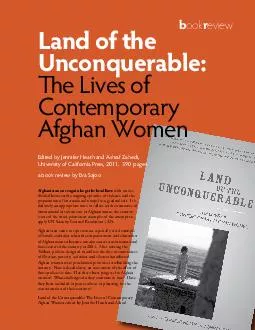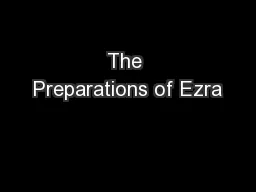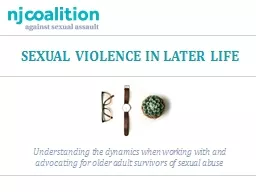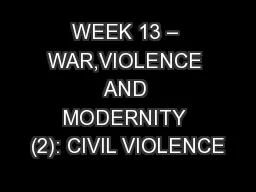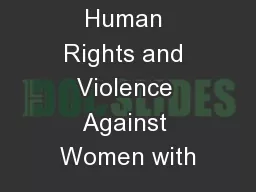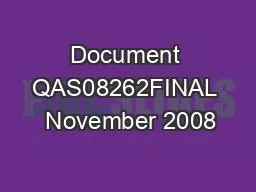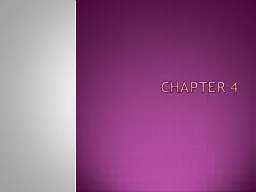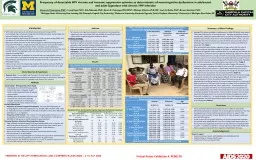PDF-divided between the ongoing episodes of violence and the preparations
Author : min-jolicoeur | Published Date : 2016-08-17
76 Women in Action Zahedi provides a cogent and compelling response to these questions is book is focused on the lives of Afghan women today Despite the growing
Presentation Embed Code
Download Presentation
Download Presentation The PPT/PDF document "divided between the ongoing episodes of ..." is the property of its rightful owner. Permission is granted to download and print the materials on this website for personal, non-commercial use only, and to display it on your personal computer provided you do not modify the materials and that you retain all copyright notices contained in the materials. By downloading content from our website, you accept the terms of this agreement.
divided between the ongoing episodes of violence and the preparations: Transcript
Download Rules Of Document
"divided between the ongoing episodes of violence and the preparations"The content belongs to its owner. You may download and print it for personal use, without modification, and keep all copyright notices. By downloading, you agree to these terms.
Related Documents

